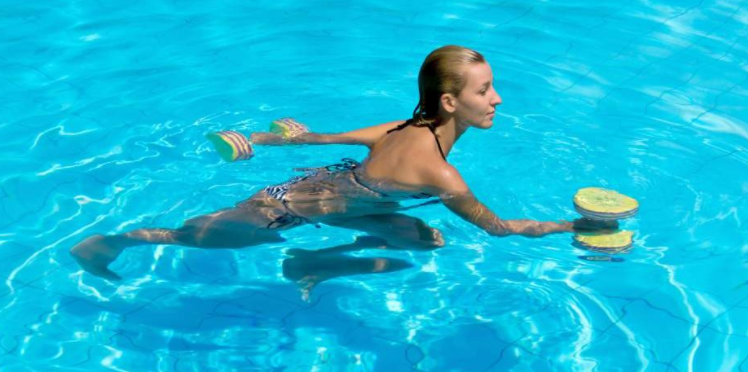
Hydrotherapy to treat osteoarthritis
Does hydrotherapy improve strength and physical function in patients with osteoarthritis?
Hydrotherapy is still on in Sydney. Lane Cove’s state of the art Hydrotherapy pool is taking bookings for 2021 for a range of injuries and ailments. And one of the most common reasons our patients attend our aquatic therapy classes is because of arthritis.
Did you know that hydrotherapy has been used since ancient periods as a therapy for pain and inflammation?
In fact, hydrotherapy is arguably the best way for people with arthritis to exercise.
What is osteoarthritis?
Osteoarthritis is a degenerative joint disease affecting many older adults, including approximately half of women over the age of 65.
The development of osteoarthritis is complex and determined by a mix of age, genetic predisposition, previous injuries, chronic stress across joints, and abnormal mechanical forces caused by obesity.[1]
Symptoms of osteoarthritis include:
- Joint pain
- Stiffness
- Redness
- Warmth
- Swelling
- decreased range of motion of the affected joints
Many older adults with osteoarthritis also become more physically inactive as the disease progresses, which can cause a snowball effect of reduced functional capability, muscle atrophy and an increased risk of falls.
What are the advantages of aquatic therapy over regular therapy for osteoarthritis?
Many people I treat are used to the pain brought on by regular exercise feeling unbearable. For patients with osteoarthritis of the knees, hip osteoarthritis, and spinal osteoarthritis, aquatic physical therapy offers a number of benefits over land-based physical therapy.
When it comes down to it, aquatic therapy treats osteoarthritis more effectively because patients can do things in water that they can’t do on land. The ability to work harder in the water without doing further damage to painful arthritic sites makes a world of difference for patients suffering from osteoarthritis.
In hydrotherapy for osteoarthritis:
- The buoyancy of the water reduces loading across painful joints and allows the performance of functional exercises that otherwise would be too difficult on land
- The aquatic environment enables with those with an increased fall risk to exercise safely in those functional positions
- Turbulence and its dynamic resistance is another property that can strengthen all muscle groups surrounding joints like the knee, and improve proprioception and balance
- Water immersion has been associated with decreased pain symptoms because of increased sensory input and decreased joint compression.[2]
What will a hydrotherapy session for osteoarthritis consist of?
Hydrotherapy programs for arthritis have similar goals to most rehabilitation programs:
- Reduce pain and inflammation
- Increase range of motion, flexibility and strength
- Move to overall maintenance
Before your first hydrotherapy session, you will undergo an individual assessment, your physio will take you through all of the exercises, teaching you how to use the pool exercise equipment and utilising physiotherapy techniques whilst you are in the water.
The warm up in a water based physical therapy program may consist of simply walking forwards, sideways, and backwards through the water. Followed by simple strengthening exercises and functional movements such as hip flexion and extension, hip adduction and abduction, knee flexion and extension, and knee cycling. Your aquatic therapy program is designed for you and your body.
For more information about Hydrotherapy in Sydney, please don’t hesitate to contact our friendly staff at Lane Cove physio on 02 9428 5772 or come on down and
[1] The Arthritis Foundation of Australia. The prevalence, cost and disease burden of arthritis in Australia. Canberra, ACT: Access Economics Pty Ltd 2001:1–2
[2] Lund H, Weile U, Christensen R,et al. A randomized controlled trial of aquatic and land-based exercise in patients with knee osteoarthritis . J Rehabil Med. 2008 ; 40 ( 2 ): 137-144



